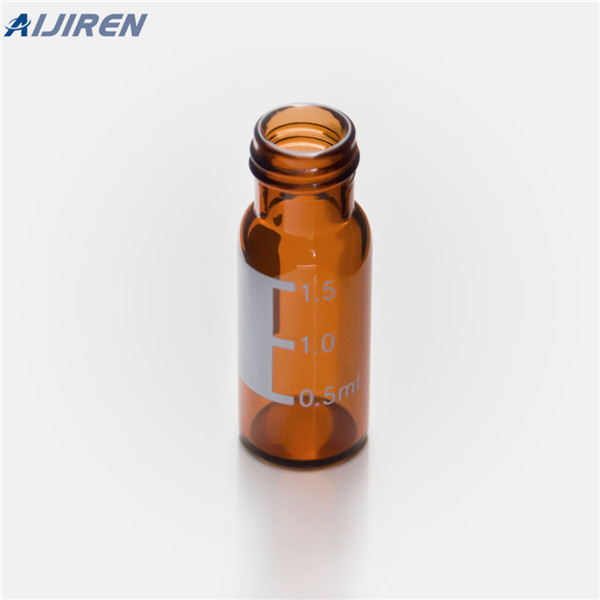
Jan 17, 2022 · The simplest model for an analyte–receptor interaction is 1:1 binding, in which the surface concentration of the analyte–receptor complex, R, is expressed as: dR(t)/dt = k a C[R max − R(t

reported previously, some types of glass vials can lead to in-vial chemical changes of the API.1–5 Wallace notes that even small quantities of particulate matter on the surface of the vials can have an effect on data quality, including but not limited to irreproducible results or sample loss due to adsorption.2 Arvary and Mangion

Oct 7, 2020 · In this study, we take a comprehensive approach to combat analyte adsorption by showing the significance of utilizing low-bind vials and adsorption competitors to greatly improve upon signal sensitivity at low concentrations of target molecules.
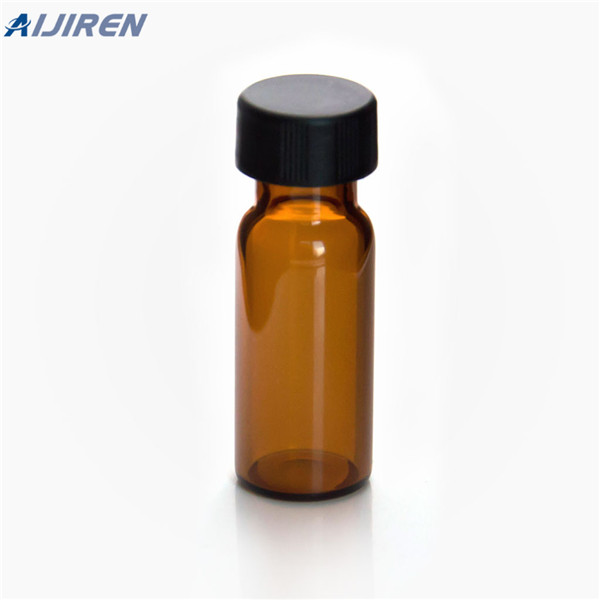
Purpose: To evaluate the adsorption effect of a typical basic drug on the surface of glass autosampler vials. Method: Nortriptyline was chosen as a model compound to demonstrate the adsorption effect. The adsorption of this compound in autosampler vials was monitored using LC/MS/MS analysis.
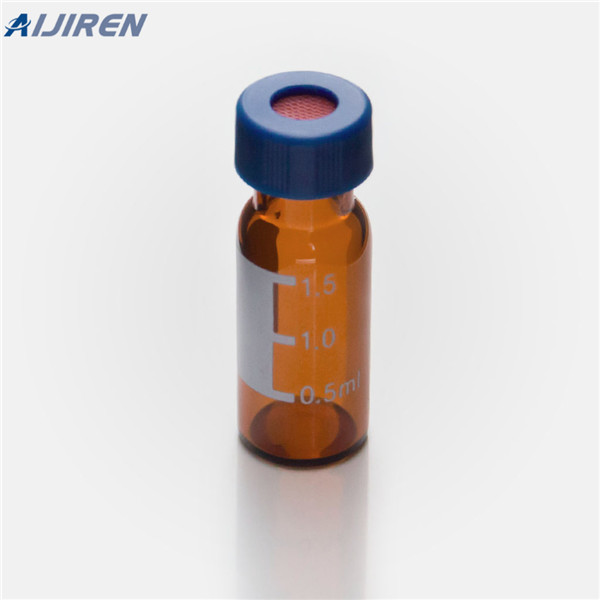
Feb 15, 2010 · However, post-addition of beta-cyclodextrin to untreated urine samples does not recover the 'lost' analyte due to non-specific binding or container surface adsorption. In the case of BAF312, a dynamic range of 0.0200-20.0 ng/ml in human urine was validated with an overall accuracy and precision for QC sample results ranging from -3.2 to 5.1%
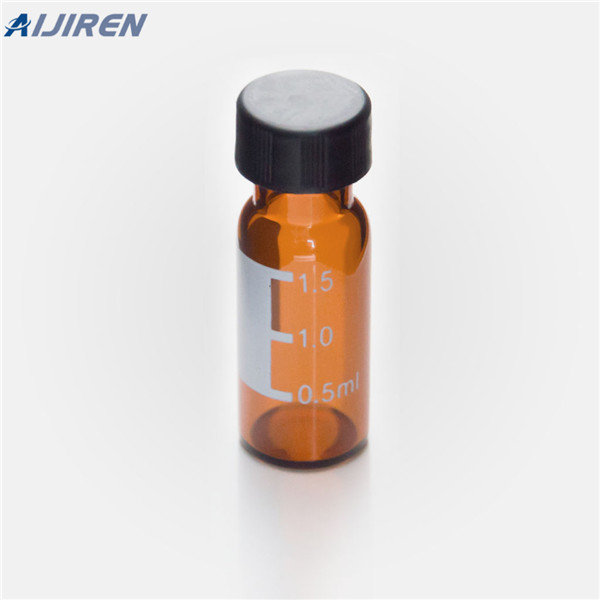
May 1, 2021 · Abstract. The adsorptive loss of acidic analytes in liquid chromatography was investigated using metal frits. Repetitive injections of acidic small molecules or an oligonucleotide were made on
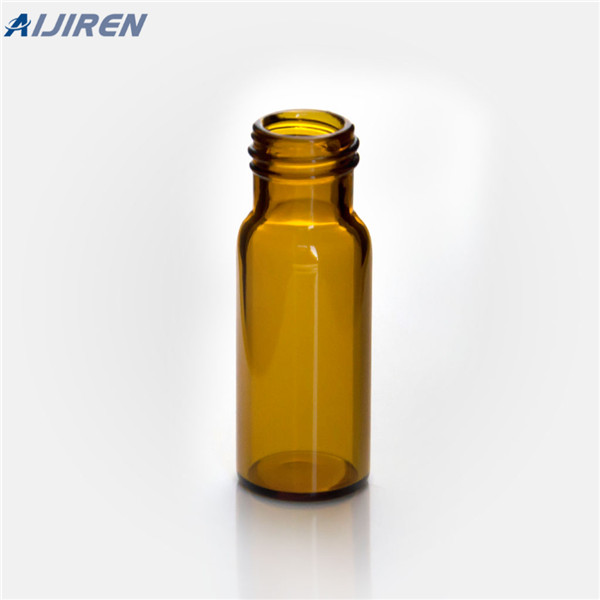
reported previously, some types of glass vials can lead to in-vial chemical changes of the API.1–5 Wallace notes that even small quantities of particulate matter on the surface of the vials can have an effect on data quality, including but not limited to irreproducible results or sample loss due to adsorption.2 Arvary and Mangion
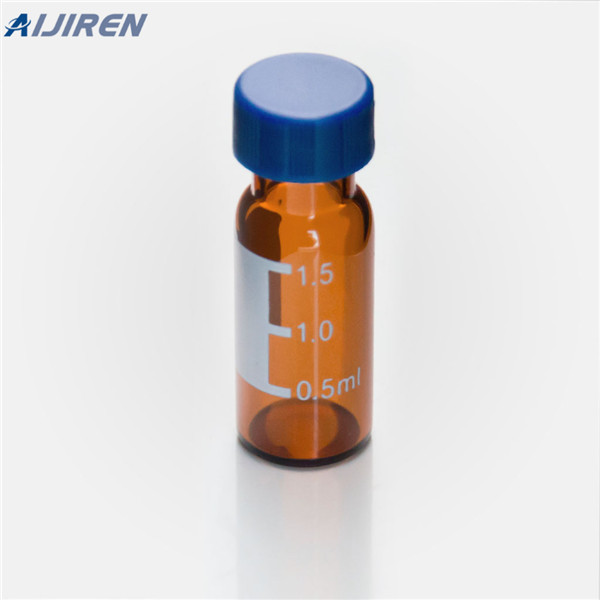
Sep 2, 2021 · Unusual analyte adsorption effects on inert LC components. J. Liq. Chromat. Rel. Tech. 18, 3205–3217 (1995).Crossref, CAS, Google Scholar; 23. DeLano M, Walter TH, Lauber MA et al. Using hybrid organic-inorganic surface technology to mitigate analyte interactions with metal surfaces in UHPLC. Anal. Chem. 93(14), 5773–5781 (2021

Sep 5, 2014 · In the drug-discovery setting, the development of new peptide and protein-based biopharmaceuticals attracts increased attention from the pharmaceutical industry and consequently demands the development of high-throughput LC–MS methods.
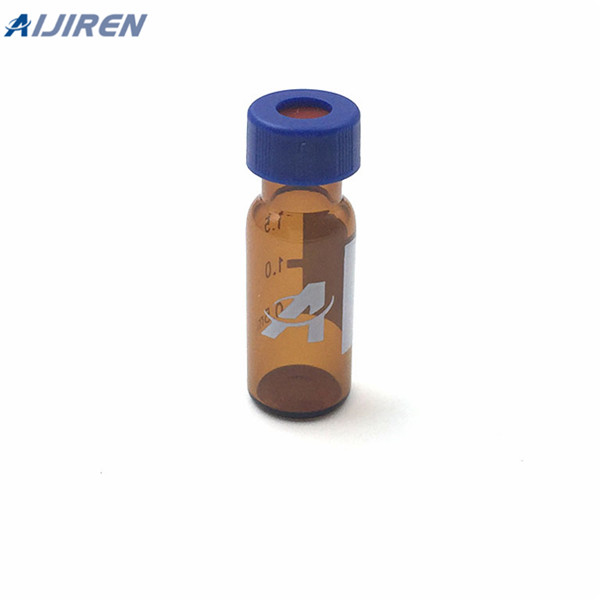
with the analyte and give precipitates that is: 1. Enough particle size for retaining on filter paper 2. High purity (free of contaminants) 3. Low solubility that no significant loss of the analyte occurs during filtration and washing 4. Unreactive with air (stable) 5. Known stoichimetric composition after it is dried or, if necessary, ignited

Apr 10, 2015 · Another reason could be that lower organic content at the initial eluting time may affect the ESI ionization (Li et al., 2015). The decrease effects of late eluting pesticides (isofenphos-methyl, fonofos, sulfotep, and phorate) may be due to certain specific surface adsorption in the system (such as sample loop, sample vial, and flow patch) during the detection process rather than electrospray

Feb 15, 2022 · Except for the temperature, effects of pH and cations on the adsorption of four virus surrogates to sludge varied by the viral analyte. The binding strength of Phix174 on sludge was weak with a desorption percentage of 21.87 ± 2.30%, while more than 95% of Phi6, MS2, and T4 adsorbed to sludge were strongly-bound.

Sep 5, 2014 · Due to the great diversity in physicochemical properties of biomolecules, there is no general approach available to minimize adsorption phenomena. Therefore, we aim to present different strategies which can be generically applied to reduce nonspecific binding of peptides and proteins.

Jun 1, 2022 · Analyte adsorption was greatest at acidic pH due to the positive charge on the metal oxide surface. Analyte recovery increased when a series of injections was performed; this effect is known as

Adsorption is the adhesion of atoms, ions or molecules from a gas, liquid or dissolved solid to a surface. [1] This process creates a film of the adsorbate on the surface of the adsorbent. This process differs from absorption, in which a fluid (the absorbate) is dissolved by or permeates a liquid or solid (the absorbent ). [2]